Meet Our Board Members
Our board members bring a wealth of experiences and expertise to the Partnership, united by their passion for our mission. It’s our pleasure to introduce them to you.
Harold Chase, Chairman
Director of Government Affairs
NSF
Connect: LinkedIn

Dan Fone
Vice President, Food Safety, Quality & Sanitation
Dollar Tree
Connect: LinkedIn

H. Lester Schonberger, Ph.D.
Associate Extension Specialist
Virginia Tech/Virginia Cooperative Extension
Connect: LinkedIn

Sharon Mayl, Board Advisor
Partner
DLA Piper
Connect: LinkedIn

Jane DeMarchi
President
North American Millers’ Association
Connect: LinkedIn
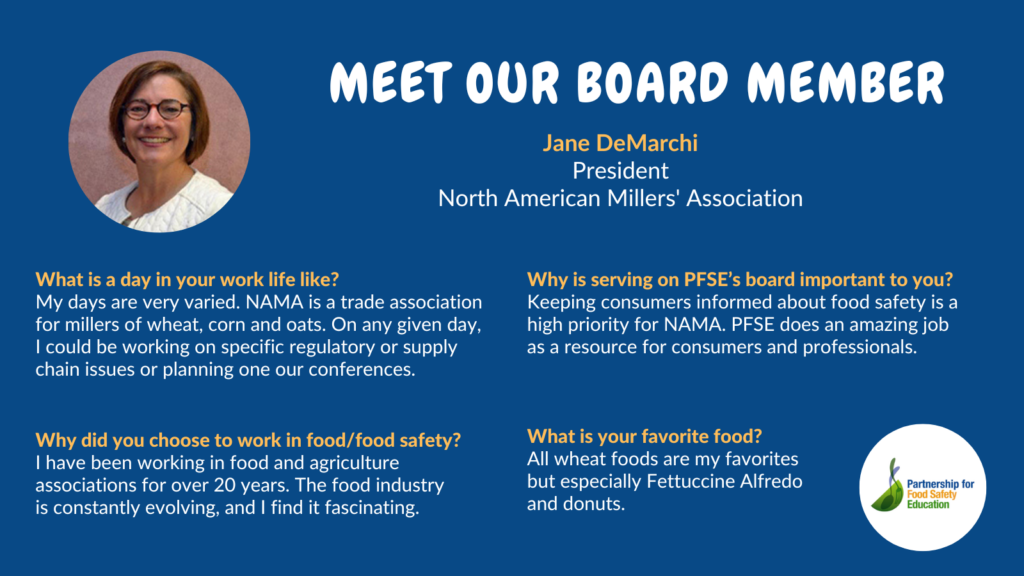
Stefanie Evans, Ph.D.
Vice President, Quality & Food Safety Sourcing & Design
Danone North America
Connect: LinkedIn
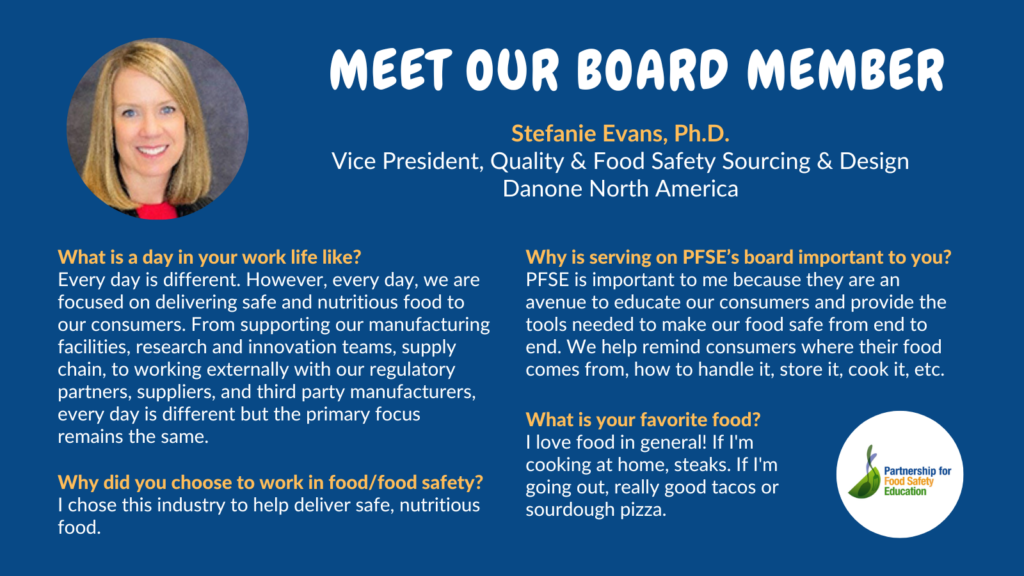
Maintain Food Safety While Cutting Food Waste
Food safety is a major concern for the United States. The federal government estimates that there are about 48 million cases of foodborne illness annually — the equivalent of sickening 1 in 6 Americans each year. And each year these illnesses result in an estimated 128,000 hospitalizations and 3,000 deaths.
But food waste is also a major concern. According to the federal government, the U.S. leads the world in food waste, with people in America discarding nearly 40 million tons of food every year. That’s worth more than $161 billion and comes to about 219 pounds of waste per person, or 30 to 40 percent of our food supply. Most of this wasted food is sent to landfills where it decomposes and produces methane. Landfills are the third largest source of methane emissions, which are a big factor in climate change because methane is so effective at absorbing the sun’s heat, which warms the atmosphere.
The food industry and consumers are the chief sources of food waste in the United States. Within the food industry, waste occurs at every step — on the farm and with packers, processors, distributors, and retailers. Some of it is the result of economic forces, some of management problems, and some is caused simply by dumping products that are less than perfect in appearance. Several federal agencies are cooperatively working with food industry entities to identify ways of reducing food waste.
For consumers, much food waste results from a misunderstanding of what the various wordings on product date labels mean, along with uncertainty about the storage of perishable foods. Confusion over date labeling accounts for an estimated 20 percent of consumer food waste.
Ways to Avoid Wasting Food
- Be aware of how much food you throw away.
- Don’t buy more food than can be used before it spoils.
- Plan meals and use shopping lists. Think about what you are buying and when it will be eaten. Check the fridge and pantry to avoid buying what you already have.
- Avoid impulse and bulk purchases, especially produce and dairy that have a limited shelf life. Promotions encouraging purchases of unusual or bulk products often result in consumers buying foods outside their typical needs or family preferences, and portions — potentially large portions — of these foods may end up in the trash.
- Check the temperature setting of your fridge. Use a refrigerator thermometer to be sure the temperature is at 40 °F (4 °C) or below to keep foods safe. The temperature of your freezer should be 0 °F (-18 °C) or below.
- Avoid overpacking your fridge. Cold air must circulate around refrigerated foods to keep them properly chilled.
- Wipe up spills immediately. It will reduce the growth of Listeria bacteria, which can grow at refrigerator temperatures. Also, cleaning up spills — especially drips from thawing meats — will help prevent cross-contamination, where bacteria from one food spread to another.
- Keep it covered! Store refrigerated foods in covered containers or sealed storage bags, and check leftovers daily for spoilage.
- Refrigerate peeled or cut produce for freshness and to keep them from going bad.
- Use your freezer! Freezing is a great way to store most foods to keep them from going bad until you are ready to eat them. The FDA’s FoodKeeper app has information on how long most common foods can be stored in the freezer.
- Check your fridge often to keep track of what you have and what needs to be used. Eat or freeze items before you need to throw them away.
- When eating out, become a more mindful eater. If you’re not terribly hungry, request smaller portions. Bring your leftovers home and refrigerate or freeze them within two hours and check the FoodKeeper app to see how long they’ll be safe to eat.
- To keep foods safe when entertaining, remember the two-hour rule. Don’t leave perishable foods out at room temperature for more than two hours, unless you’re keeping hot foods hot and cold foods cold. If you’re eating outdoors and the temperature is above 90°F (32°C), perishable foods shouldn’t be left out for more than one hour.
Adapted from the U.S. Food & Drug Administration’s article “Maintain Food Safety While Cutting Food Waste.”
VIDEO: Food Waste & Food Safety at Home
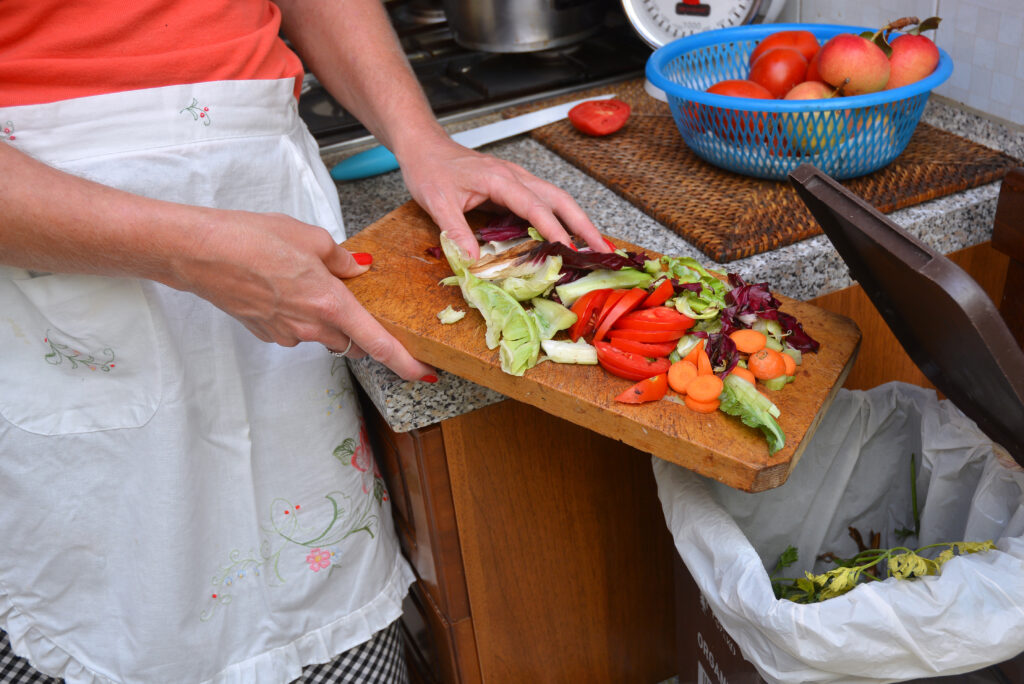

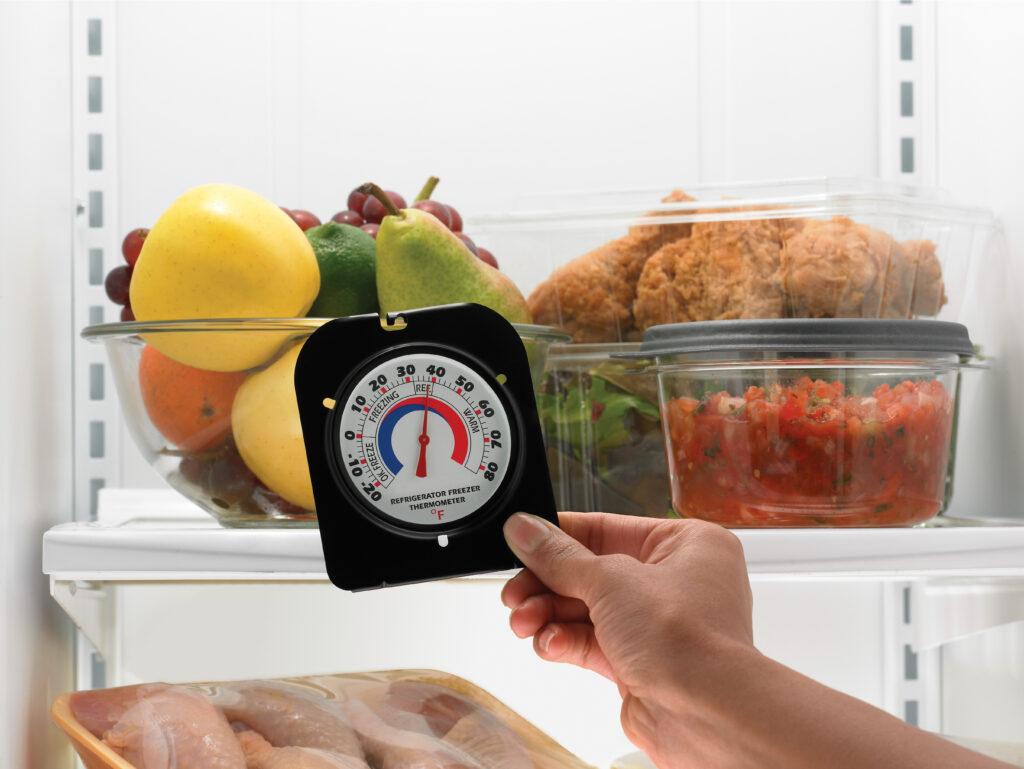
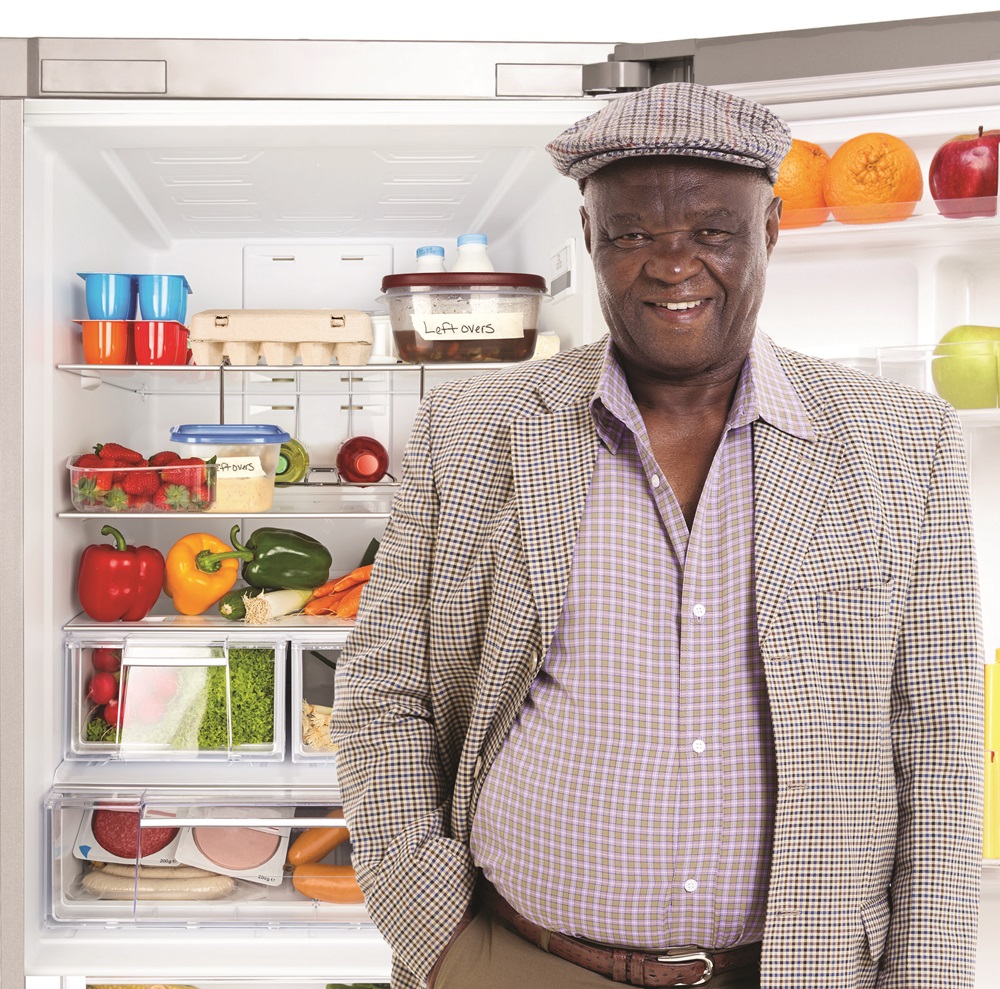
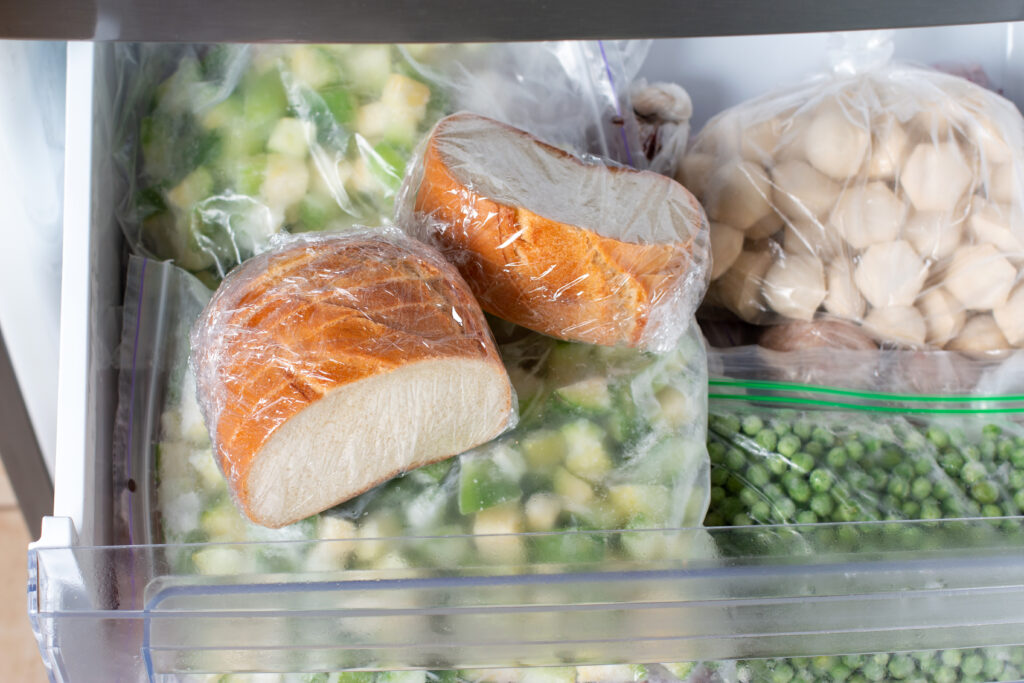
Spring Forward with Food Safety
Many of this season’s celebrations involve perishable foods like eggs, beef, ham and lamb. These foods need to be handled properly at home to prevent food poisoning.
Safe Egg Handling
Eggs are a big part of many spring celebrations and activities. Kids love to decorate and dye them, hide them, and cook them with their families in festive foods.
Follow these eggs-pert food safety tips with kids and families to keep them safe this spring season:
- Wash hands with soap and water before preparing food and after handling raw eggs.
- Prevent cross-contamination. Wash cutting boards, counters, utensils, and serving plates after touching raw eggs, meat, poultry, and seafood.
- Remember the two-hour rule. Don’t leave eggs out at room temperature for more than two hours.
- Cook eggs and dishes containing eggs until the internal temperature reaches 160° F on a food thermometer.
- For egg hunts and other activities, only use eggs that have been refrigerated. Discard eggs that are cracked, dirty, or have been out at room temperature for more than 2 hours.
Get more safe egg handling advice to keep you and your young ones healthy this season.
Handle & Cook Meats Safely
The meat is the centerpiece of any holiday meal. Make sure yours is a showstopper by handling and cooking it safely:
- Wash hands with soap and water before preparing food and after handling raw meat and poultry.
- Cook ham until the internal temperature of 145 °F on a food thermometer with a three-minute “rest time” after removal from the heat source.
- Bake beef brisket, fat side up in a baking dish, in an oven set no lower than 325 °F. The brisket is safe to eat when it reaches an internal temperature of 145 °F on a food thermometer with a three-minute “rest time” after removal from the heat source.
- Cook all raw lamb steaks, chops, and roasts to a minimum internal temperature of 145 °F on a food thermometer with a three-minute “rest time” after removal from the heat source.
Spring Clean Your Way to a Safer Kitchen
It’s important to know the difference between cleaning and sanitizing. They aren’t the same thing. Both are important to help prevent the spread of harmful germs.
- Cleaning removes germs, dirt, and impurities from surfaces or objects. Cleaning works by using soap (or detergent) and water to physically remove germs from surfaces. This process does not necessarily kill germs, but by removing them, it lowers their numbers and the risk of spreading infection.
- Sanitizing lowers the number of germs on surfaces or objects. This process works by disinfecting surfaces or objects using a diluted liquid chlorine bleach solution (combine 1 tablespoon liquid chlorine bleach with 1 gallon of water in a clean bucket).
Learn more about when to clean and when to sanitize at home.
Follow these food safety tips to help your family and friends have an egg-cellent spring celebration!


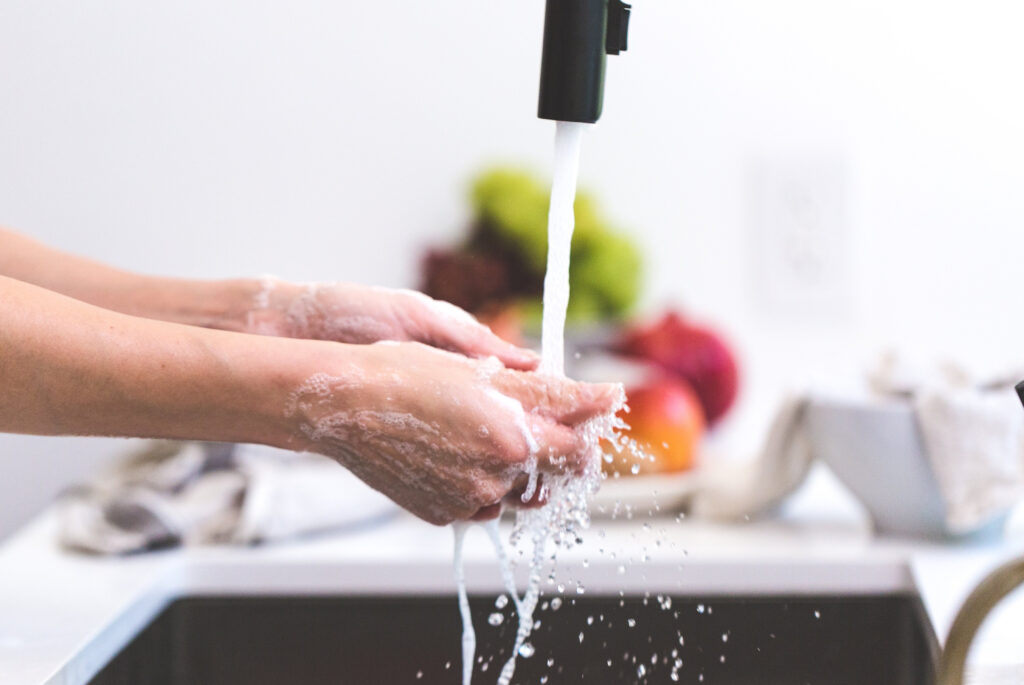
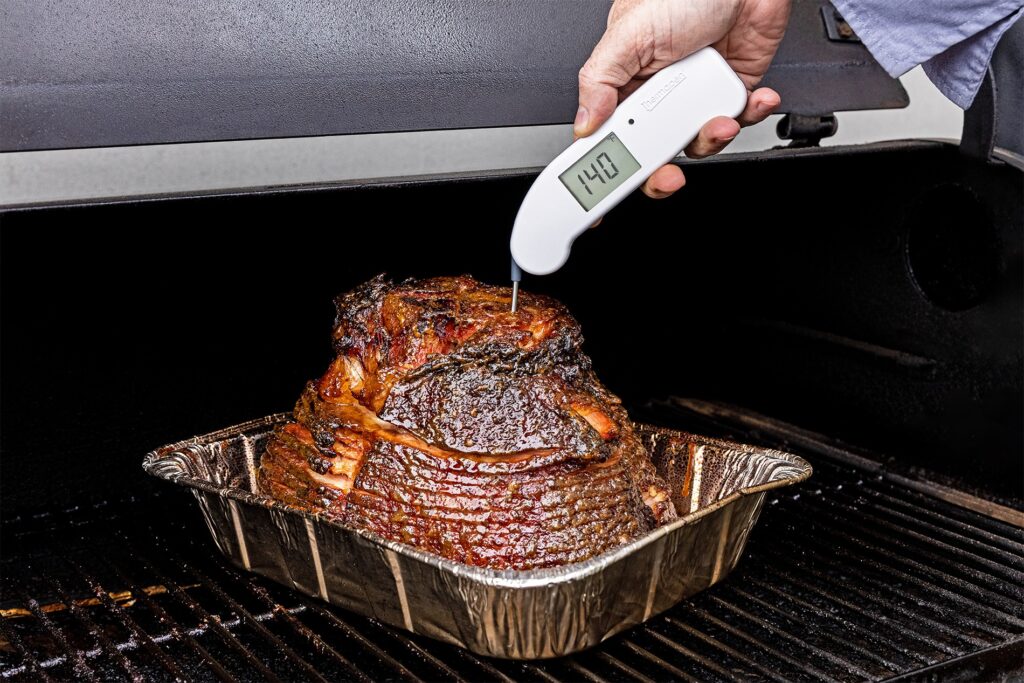

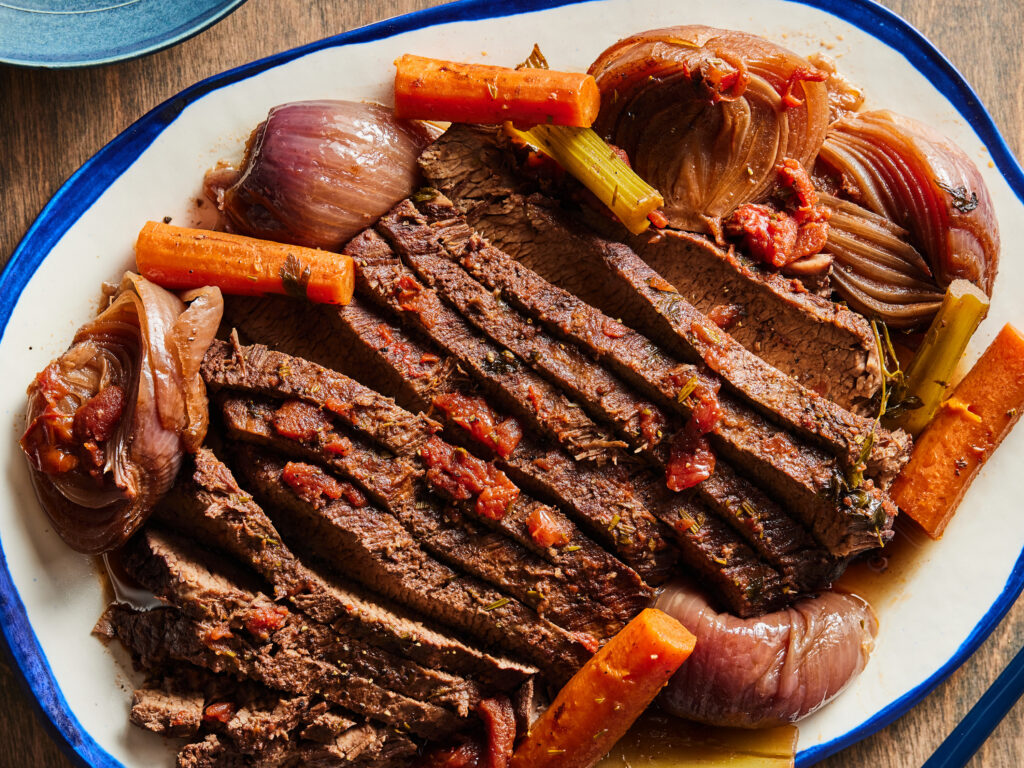

Partnership for Food Safety Education Grows with New Board Members, Partners
The Partnership for Food Safety Education (PFSE) announces several appointments to its Board of Directors. PFSE is a non-profit, public health organization that develops and promotes education programs to reduce foodborne illness risk for consumers.
The Partnership appointed four new board members:
- Jane DeMarchi, president of the North American Millers’ Association
- Stefanie Evans, Ph.D., vice president of quality and food safety sourcing and design at Danone North America
- H. Lester Schonberger, Ph.D., associate extension specialist with Virginia Tech/Virginia Cooperative Extension
- Sharon Mayl, partner at DLA Piper, appointed as board advisor
“We’re so happy to welcome our new board members,” said Harold Chase, PFSE board chair and director of government affairs with NSF. “Our talented Board of Directors is dedicated to stewarding PFSE to be effective at helping people reduce their risk of foodborne illness at home.”
Rotating off the board are Michael Roberson, director of corporate quality assurance with Publix Super Markets and past board chair, as well as Shauna C. Henley, Ph.D., family and consumer sciences educator at University of Maryland Extension. The Partnership is grateful for their dedication to food safety education and servant leadership.
PFSE also welcomes six new contributing partners: Albertsons, Amazon, Diversey, Home Chef, JBS and SmartLabel by Consumer Brands Association. Contributing partners help to keep food safety education resources free to access and provide thought leadership to program development and strategy.
“The Partnership’s historical leadership in public-private collaboration is unique and important to making an impact on foodborne illnesses,” said Britanny Saunier, PFSE executive director. “We’re grateful to have the thought leadership of our Board of Directors, contributing partners, federal liaisons and food safety educators to advance awareness of safe food handling practices for people preparing meals at home.”
View the full list of PFSE Board of Directors and the partner organizations who support this work.
About the Partnership for Food Safety Education
The Partnership for Food Safety Education (PFSE) is a non-profit, public health organization with a mission to develop and promote effective education programs to reduce foodborne illness risk for consumers. This important work is done through a historically significant cross-sector collaboration with the federal government, food industry, consumer groups, and scientific associations. PFSE supports more than 13,000 health and food safety educators with free, science-based safe food handling messages who reach 8.5 million U.S. households each year. Food safety professionals, health educators, and consumers can download free food safety education information from the Partnership’s website at www.fightbac.org.
- 1
- 2
- 3
- …
- 8
- Next Page »
